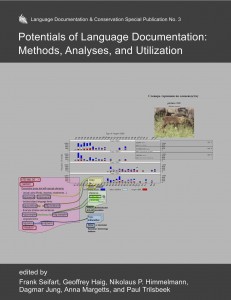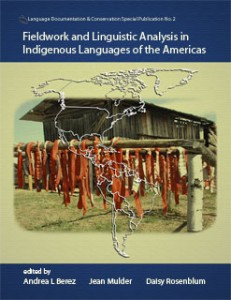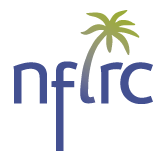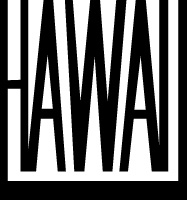ISBN-13: 978-1-952460-06-7
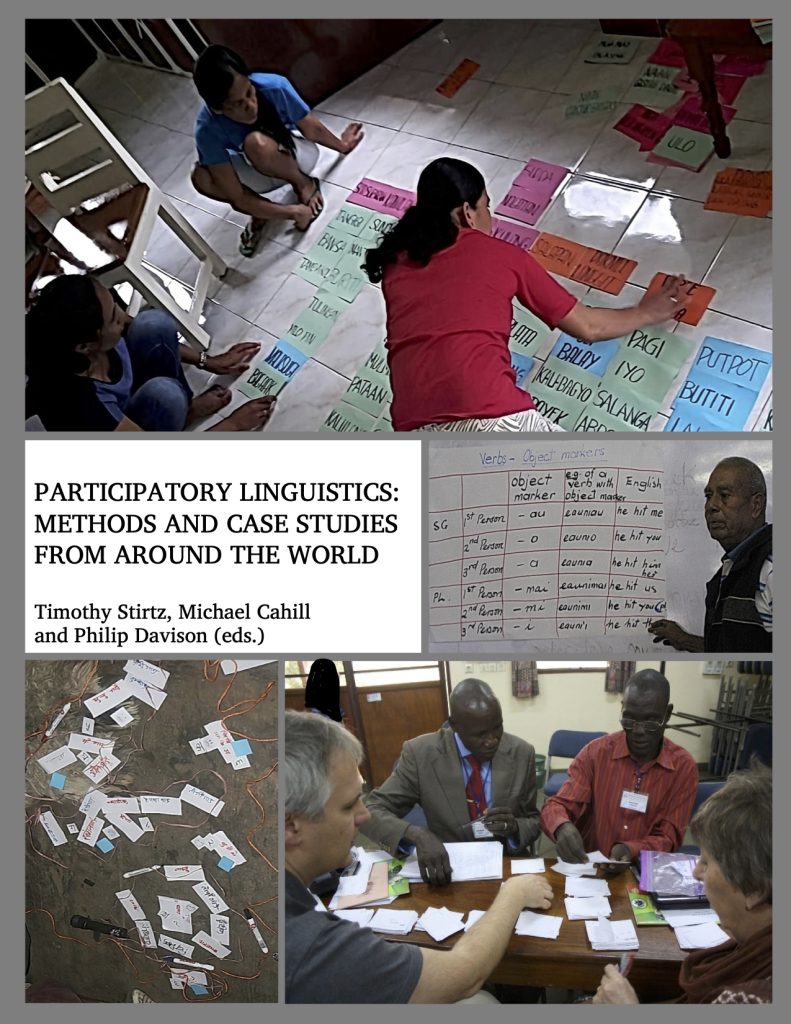
Edited by Timothy Stirtz, Michael Cahill, and Philip Davison
Abstract
Participatory linguistics is a partnership between local language communities and outside linguists to explore the structures of their language. This volume describes the methods by which this can be done. It begins by introducing the concepts and theoretical foundations underpinning participatory linguistics, which both empower non-dominant language communities and also lead to more effective linguistic research. Then the major part of this work presents a variety of descriptions of case studies of participatory methods from around the world. These are organized according to various linguistic subfields, and offer a range of practical tools, guidelines, and resources for linguists and educators interested in implementing such participatory linguistics and orthography projects. It includes templates for community workshops, guidelines for facilitating inclusive discussions, and recommendations for sustaining long-term language vitality. These case studies also highlight the real-life experiences of language communities engaging in these projects. They showcase diverse cultural contexts and innovative approaches that have yielded successful outcomes in different parts of the world.
Preface
Michael Cahill. xii-xiii.
Introduction
Timothy Stirtz. 1-8
PART 1: METHODOLOGY
Participatory methods in linguistic research and language development
Philip Swan. 10-27.
What does participatory research contribute to linguistics? A view from Africa
Russell Norton. 28-51.
Phonology first: Methods that delay phonetics for better collaboration
Kent Rasmussen. 52-62.
PART 2: SOCIOLINGUISTICS
A Guide for Planning the Future of Our Language: A participatory approach to community-based language development
Carletta Lahn. 64-90.
Using participatory methods tools for sociolinguistic research in Nepal
Klaas de Vries. 91-101.
PART 3: PHONOLOGY AND ORTHOGRAPHY
A community-based participatory approach to orthography development in Papua New Guinea: The Alphabet Design Workshop
Catherine Easton. 103-123.
Orthography development in Southeast Asia: A facilitated participatory approach case study
Christina Page. 124-135.
Participatory Research in Linguistics for language and orthography development: A practical guide
Constance Kutsch Lojenga. 136-158.
Ngbugu: A case study for participatory phonology
Kenneth S. Olson. 159-165.
Participatory orthography development in practice: A workshop with Maꞌdi Urule in Uganda
Maria Stølen. 166-175.
Becoming a professor in my own language: A participatory orthography approach in Southeast Asia
Shane Devereux and Jenita van den Belt. 176-187.
Computers in the community: Future-proof participatory methods
Kent Rasmussen. 188-203.
Participatory orthography development in Abawiri
Brendon Yoder. 204-216.
PART 4: MORPHOSYNTAX
Rapid Grammar Collection: Language communities owning the orthography development process
Timothy Stirtz. 218-230.
Report on the Rapid Grammar Collection workshop in Konabéré (Bobo Madare North)
Wilma Wolthuis and Carin Boone. 231-240.
The value of games and activities in participatory workshops
Carla Unseth. 241-250.
The Mombo experience: Participating in a language discovery adventure
Thomas Blecke, Baerbel Blecke and Josué Teme. 251-261.
The PAWS Method
Cheryl A. Black and H. Andrew Black. 262-273.
Case study of the PAWS grammar tool used in the Central African Republic
Paul Murrell. 274-286.
Grammar discovery applied, evaluated and enhanced: A manifesto for more participatory education
Oliver Kröger. 287-301.
Experiences with the Discover-Your-Grammar approach in Ethiopia
Andreas Joswig and Susanne Neudorf. 302-309.
Discover Your Language training in Papua New Guinea
Michel Pauw. 310-321.
Discover Your Language – Chad
James S. Roberts. 322-329.
PART 5: LEXICOGRAPHY
Lexicography: Rapid Word Collection
Kevin Warfel and Verna Stutzman. 331-346.
Rapid Word Collection workshops among the Kabwa and Ikizu-Sizaki language groups of Tanzania
John B. Walker. 347-356.
Participatory methodology in Rapid Word Collection for dictionary making: Etic vs emic perspectives from a Philippine coastal community
Jacqueline Huggins. 357-367.
‘Haisla first’: Using Rapid Word Collection and the Participant-driven Approach to support indigenous language revitalization
Chuck Murphey. 368-379.
PART 6: DISCOURSE
Mentored participatory discourse linguistics training
Carla K. Bartsch. 381-390.
Case study of Bartsch’s discourse workshop methodology: Liberia
Becky Grossmann. 391-401.
Discourse workshop: A case study of the Padi storying project (Indonesia)
Virginia J. Castro. 402-411.
Participatory discourse analysis workshops in South Asia
Sara du Preez. 412-422.
Workshops in discourse analysis for translation
Steve Nicolle. 423-434.
Evaluating the impact of participatory discourse analysis workshops in Cameroon and beyond
Ginger Boyd, Melanie Viljoen and Eszter Ernst-Kurdi. 435-450.
The song of the day: Just-in-time participatory song analysis for poetry translation
Maria Smith. 451-459.

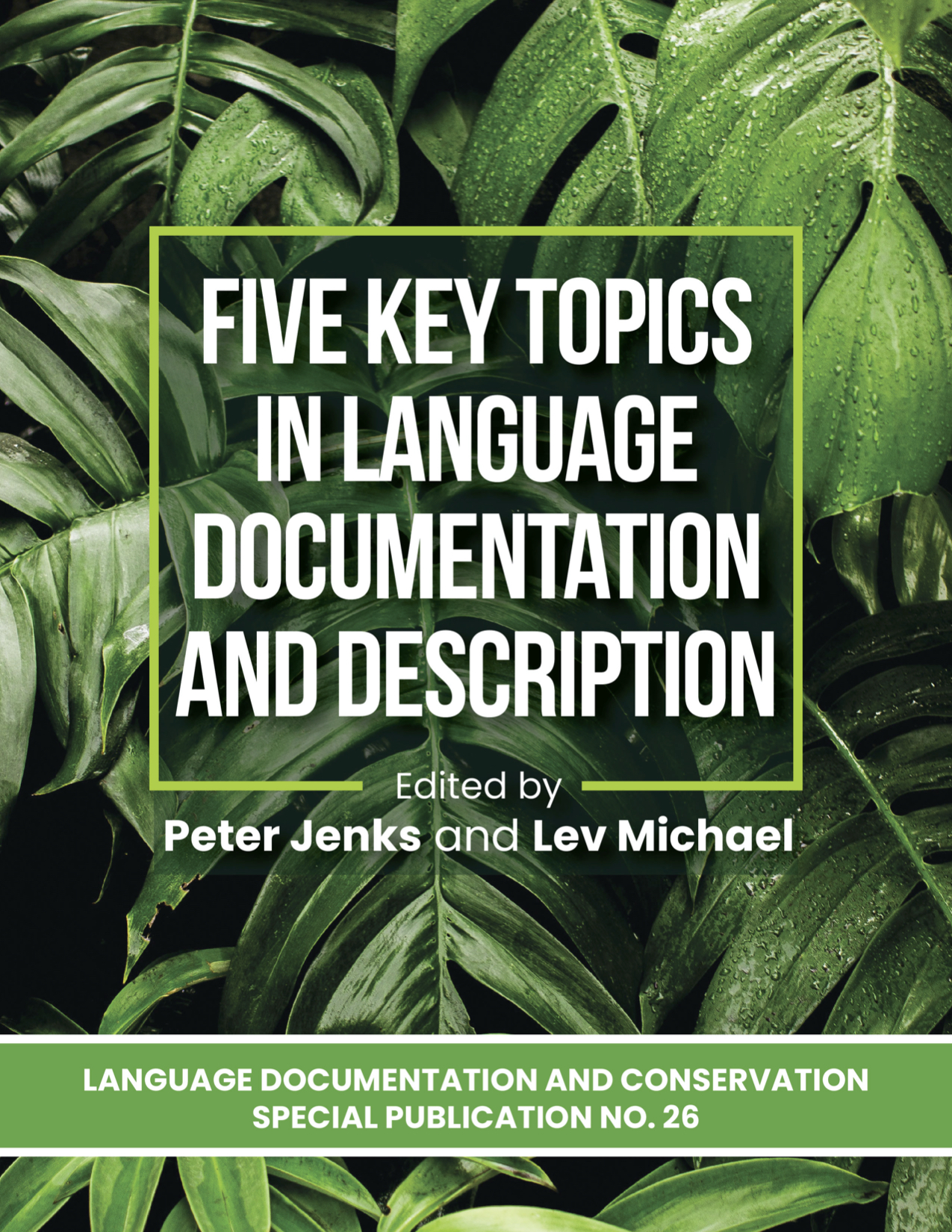











 Edited by Bradley McDonnell, Andrea L. Berez-Kroeker & Gary Holton
Edited by Bradley McDonnell, Andrea L. Berez-Kroeker & Gary Holton By Bert Remijsen & Otto Gwado Ayoker
By Bert Remijsen & Otto Gwado Ayoker


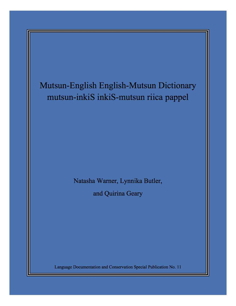


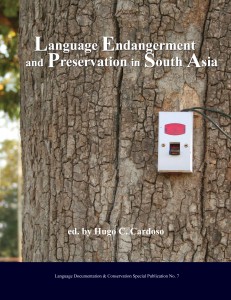
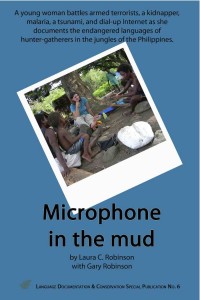
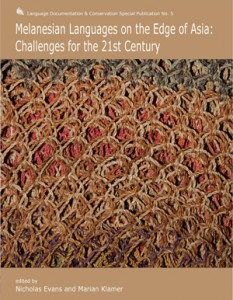 University of Hawai‘i Press
University of Hawai‘i Press University of Hawai‘i Press
University of Hawai‘i Press